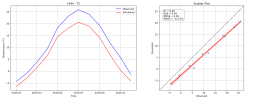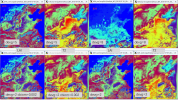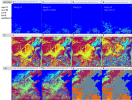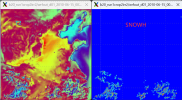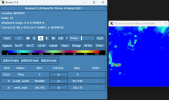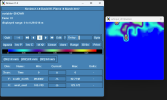Hi all,
I'm working on a WRF case study for the Huang-Huai-Hai Plain (China) and found that the simulated T2 (2m temperature) consistently shows significant errors compared to observed monthly mean values, with RMSE ranging from 2 to 4°C.
Here are the cases that I have tested. Forced with ERA5.
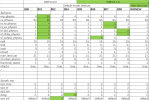
The following are my results. B00 for 2010-2022, the rest only run for 2010.
Between the B04 and B06 schemes, one modified dveg (from 2 to 8), and the other switched from Noah-MP to Noah. While these adjustments improved the simulated temperature, it remains systematically lower than observations.
I also tested potential snow-related issues (B02, opt_snf=4) as suggested in forum discussions, but the impact was negligible.
Currently, I’m experimenting with FNL meteorological data (ds083.2).
Could anyone suggest additional avenues to address this persistent cold bias in my simulation?
B00:
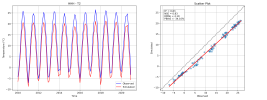
B01:
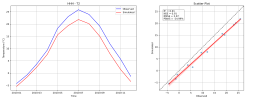
B02:
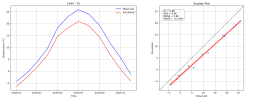
B04:
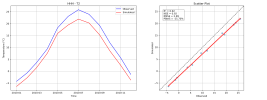
B05:

B06:
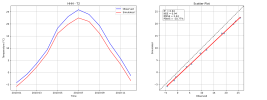
B07:
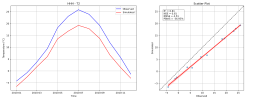
B08:

B05NEW:

I'm working on a WRF case study for the Huang-Huai-Hai Plain (China) and found that the simulated T2 (2m temperature) consistently shows significant errors compared to observed monthly mean values, with RMSE ranging from 2 to 4°C.
Here are the cases that I have tested. Forced with ERA5.

The following are my results. B00 for 2010-2022, the rest only run for 2010.
Between the B04 and B06 schemes, one modified dveg (from 2 to 8), and the other switched from Noah-MP to Noah. While these adjustments improved the simulated temperature, it remains systematically lower than observations.
I also tested potential snow-related issues (B02, opt_snf=4) as suggested in forum discussions, but the impact was negligible.
Currently, I’m experimenting with FNL meteorological data (ds083.2).
Could anyone suggest additional avenues to address this persistent cold bias in my simulation?
B00:

B01:

B02:

B04:

B05:

B06:

B07:

B08:

B05NEW:


